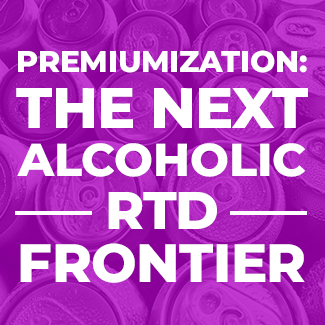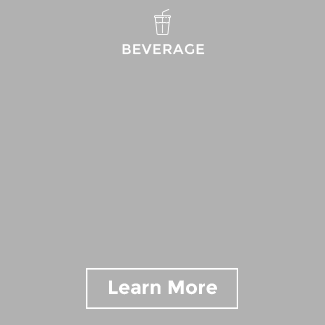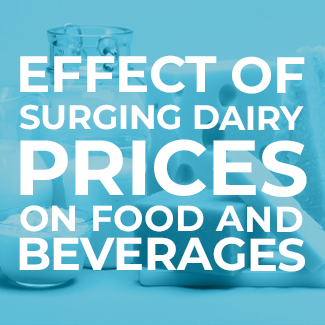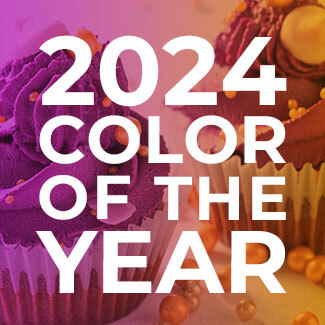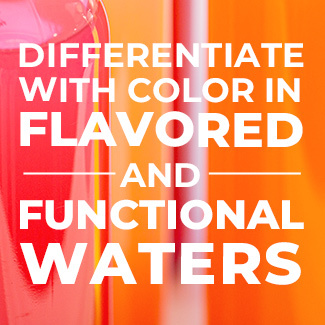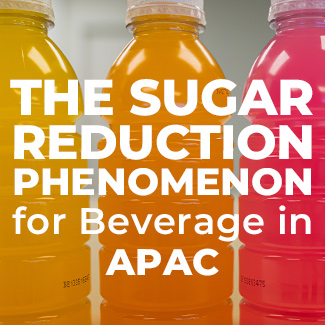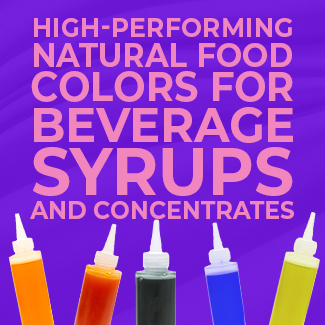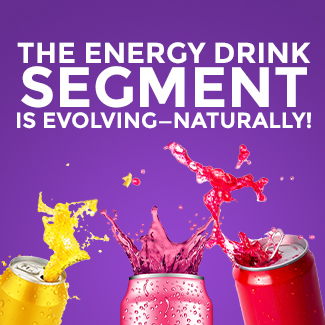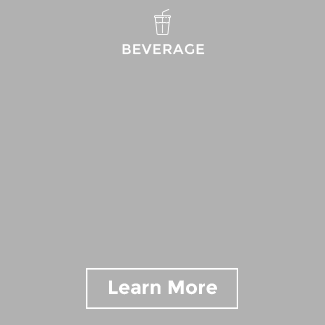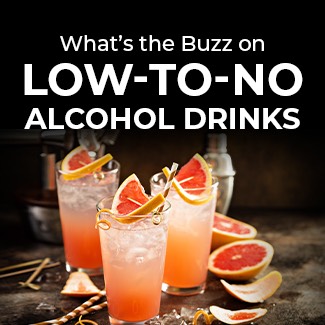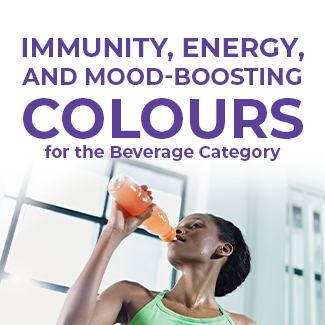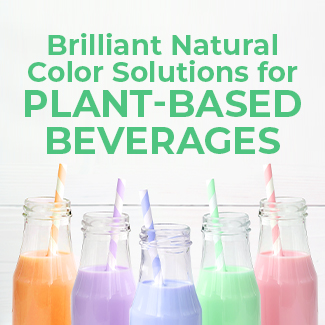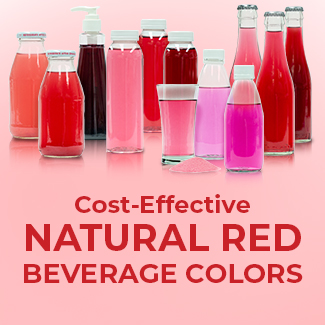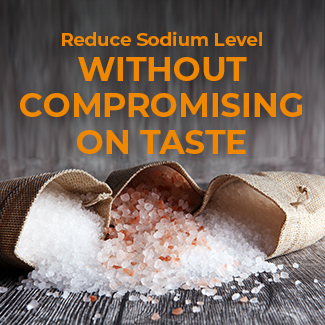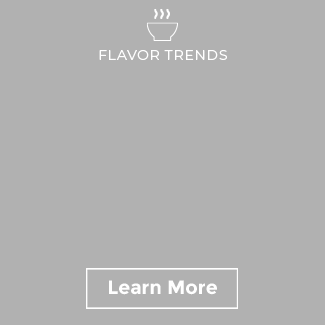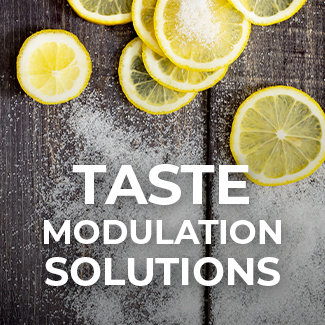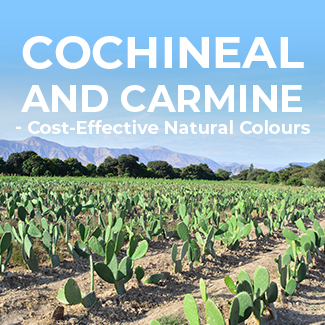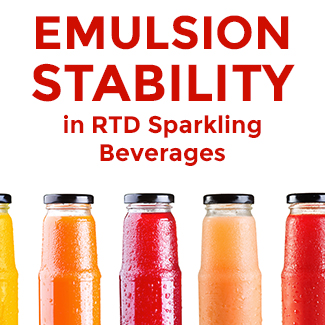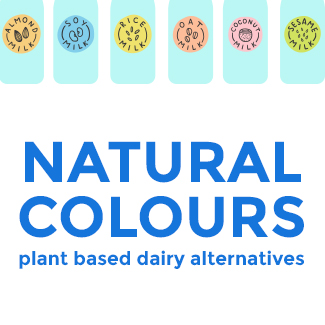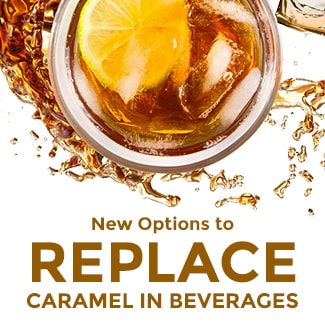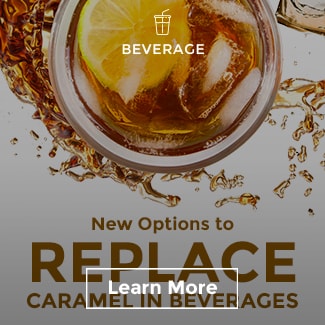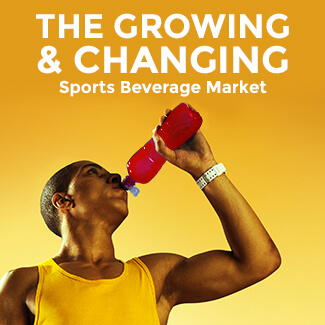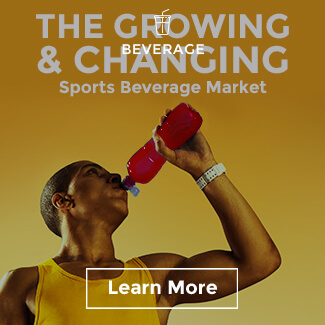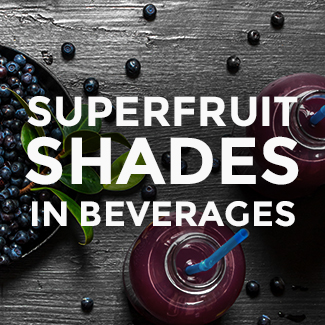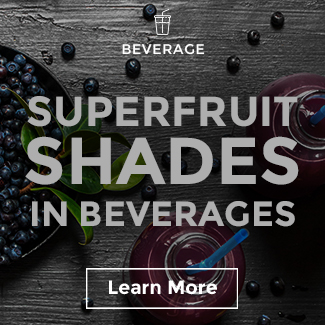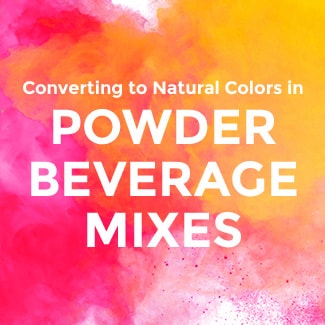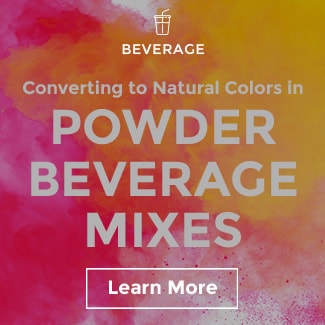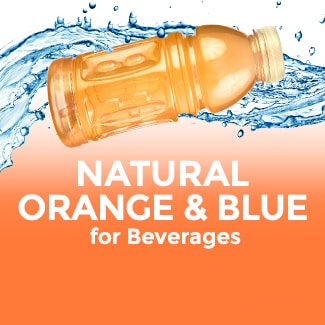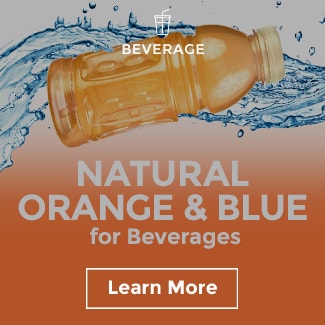Natural Colors and Food Stuff for Functional Beverages
Nowadays, the tendency toward naturalness, consumers are showing more interest in foods that “are better for you”, which has driven the demand for some functional products. This is why the beverage industry faces the challenge of expanding or diversifying its offer by, constantly seeking to satisfy demand with healthier options, through varied flavors or additional benefits. They are seeking to innovate through ingredients from healthier and more botanical sources that will attract consumers concerned about their health.
Many of the major beverage companies are already investing or acquiring other beverage businesses to accelerate their growth in the healthy beverage market.
Whether it is ready to drink, carbonated, flavored or energy products, the beverage category is evolving rapidly and, according to Mintel, functional beverages are expected to become a fast-growing sub-segment in the coming years. Functional beverages represent a key opportunity for manufacturers. A variety of factors must be considered before developing and launching a new functional beverage that generates interest in consumers, particularly those who are increasingly aware of health and adopt a more holistic approach to their own well-being. These consumers treat their bodies as an ecosystem and seek solutions that complement their personal health and changing needs.
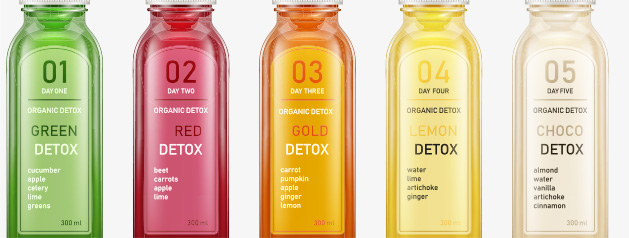
According to Mintel data, 75% of millennials are willing to pay more for sustainable food, which means that there is an additional potential for functional drinks that aim to provide well-being by adapting to a more conscientious and practical consumer. While the baseline for innovation has become more demanding, there is still a great opportunity for new ideas and products.
Innovation in Color Through Botanical Sources
Consumers are experimenting more and strengthening their positive beliefs about organic and natural foods. Brands are expanding to new categories to find new businesses, as well as to capture the attention of consumers and maintain their innovative and relevant brand. According to Mintel, the key areas of innovation in this category include health and well-being, premium products, convenience and ethics, and inspiration for brands to take a different direction in their new product launches.
The change of habits and nutritional education means that launches are equally focused on each market, as has recently been done with launches of beverages aimed at children using natural ingredients.
Sensory appeal is becoming an essential point of consumer interest as younger generations are especially open to new ways of connecting with brands and products.
The cross categories in the beverage industry are becoming increasingly important due to the interest in botanical ingredients. Brands are working on creating sensory experiences through the use of new textures, colors and flavors to connect with younger consumers. According to a survey conducted by Mintel in 2018, the ideal hybrid drink for consumers would be based on tea (30%), carbonated juice (29%) or carbonated water with fruit (29%), water with fruits and tea extract (28%).

Formulating with natural colors can represent a challenge, however there are always different solutions for each of them.
One of the most common challenges when formulating with natural colors in beverages is usually the light stability of the color. Most beverages are in a transparent bottle, or displayed on a supermarket shelf and have direct exposure to white light. Additionally, there are some that are exposed directly to the sunlight because of their distribution channel. Sensient has diverse and targeted stability testing to ensure the best performance and stability of the color system.
Another challenge is the compatibility of the natural colors with the beverage. Some beverages are very acidic and can contribute to the instability of the color system. To counteract this effect, Sensient has developed natural color systems, which can withstand the acidic conditions.
We have a broad portfolio of natural colors used for this type of formulations. If you are looking for brown tones, we have excellent alternatives to caramel color, such as Sienna apple juice. If what you want are ranges in red to purple tones, the anthocyanin colors in our black carrot, elderberry, grape and Sensient Natural Blue products are ideal for the brilliance you are looking for in your beverage. To achieve those intense orange and yellow tones, the use of beta carotene is ideal in this type of formulations.
To overcome potential incompatibility with other ingredients, such as flavors or pulp, Sensient has specialized color systems, such as our extensive Advance Emulsion Technology (AET) range.

Are you formulating with natural colors for drinks? Tell us here
In addition, our technical team is always available to help you overcome any natural color challenge. Please, feel free to schedule a meeting with us.



